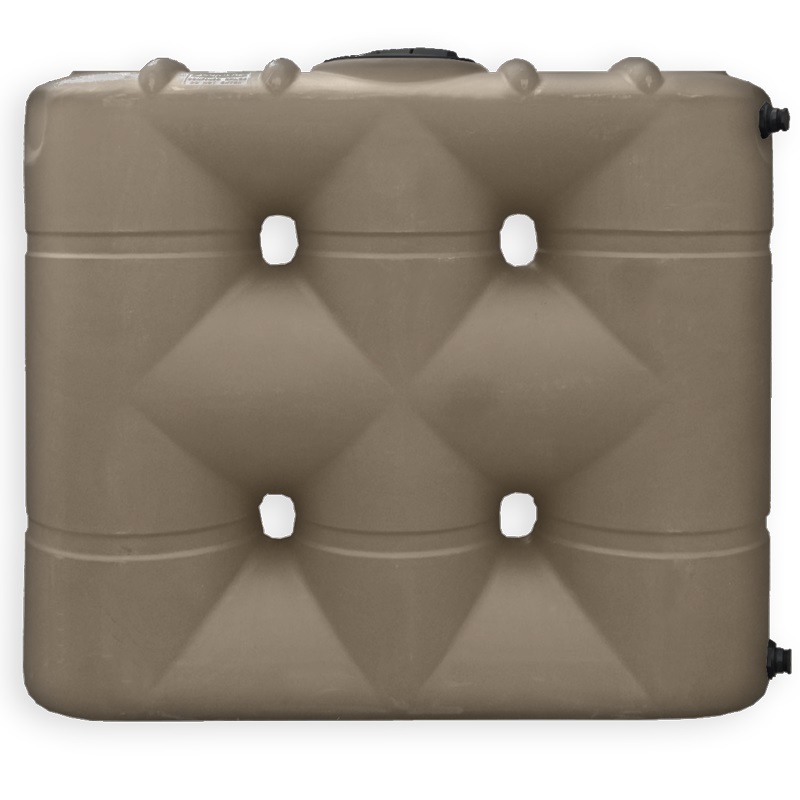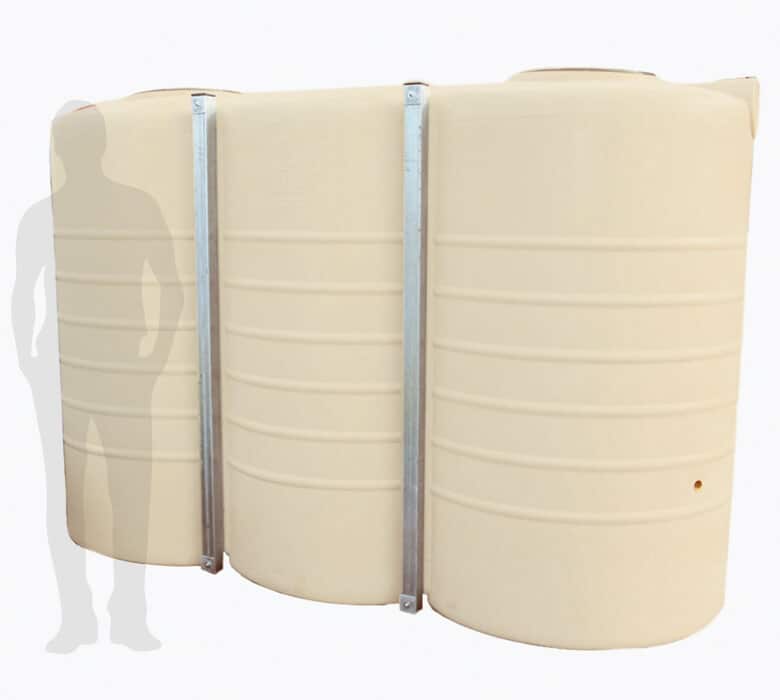Slimline Water Tanks: Space-Saving Solutions for Small Properties
Slimline Water Tanks: Space-Saving Solutions for Small Properties
Blog Article
Understanding the Significance of Rainwater Storage Tanks in Drought-Prone Regions for Water Protection
In regions vulnerable to extended droughts, the function of rainwater tanks in strengthening water security is a subject of growing relevance. As communities come to grips with the challenges of water shortage, recognizing the significance of these containers surpasses mere collection of rainwater. Rainwater containers act as an essential device in alleviating the influence of water lacks by offering a lasting resource of water for different demands. However, truth value of rain storage tanks extends much past mere storage; it includes resilience-building steps and the promo of long-lasting water preservation approaches. This complex technique to water safety warrants a more detailed examination of the role rain tanks play in making sure a reputable water system throughout times of drought.
Advantages of Rainwater Tanks
Using rainwater tanks supplies a lasting option for enhancing water and improving water safety and security in residential and industrial setups. Among the key benefits of rainwater containers is their capacity to lower dependence on mains water system. By catching and keeping rain that drops on rooftops, this different resource can be made use of for numerous non-potable functions such as irrigation, flushing commodes, and cleaning garments. This not only saves treated drinking water however additionally decreases water costs for users.

Rain Harvesting Techniques
Rainwater gathering strategies include an array of approaches designed to efficiently collect and store rainwater for various purposes, adding to water conservation and sustainability. An additional prominent strategy is the usage of above-ground or below ground storage tanks to store rainwater for later usage.

Furthermore, rainfall yards and absorptive sidewalks are cutting-edge strategies that include landscape design or paving surface areas in such a way that permits rain to percolate right into the ground, restoring groundwater books. Furthermore, shape farming and terracing are farming methods that help record rainwater and prevent soil erosion in hilly surface. By executing these diverse rainwater harvesting strategies, neighborhoods can improve water safety and strength in drought-prone areas while promoting lasting water monitoring methods.
Significance of Water Safety
Guaranteeing reputable access to tidy and enough water resources is extremely important for sustaining human health, economic advancement, and ecological well-being. Water security is a vital element of social strength, particularly in areas vulnerable to droughts and water scarcity. published here Sufficient water protection incorporates various measurements, including availability, high quality, and access of water for domestic, agricultural, industrial, and ecological needs.
Water security plays a vital duty in promoting public health by reducing the prevalence of waterborne diseases and making sure cleanliness centers. Economically, water safety is necessary for farming efficiency, industrial procedures, and general economic development. Slimline water tanks. Water safety is closely linked to ecological sustainability, as it supports communities, biodiversity, and general environmental see post equilibrium.
In drought-prone areas, water security becomes even a lot more vital as a result of the increased risk of water lacks. Executing methods like rainwater harvesting, water recycling, and reliable water administration methods can significantly enhance water safety and security in these locations. By prioritizing water safety, neighborhoods can much better endure the effects of climate adjustment, populace growth, and various other challenges that intimidate water availability.
Enhancing Water Strength
With raising international water obstacles, developing resilience in water supply has actually come to be a critical emphasis for sustainable advancement efforts. Enhancing water durability involves implementing methods to guarantee water availability and top quality in the face of altering environmental conditions, such as dry spells, floods, and contamination.
One trick element of enhancing water strength is promoting using rain tanks in drought-prone regions - Slimline water tanks. Rain tanks act as a reliable ways of capturing and saving rainwater for later usage, minimizing dependence on limited freshwater resources throughout completely dry periods. By incorporating rainwater harvesting systems into water administration plans, neighborhoods can improve their capability to withstand water scarcity and preserve water protection

Sustainable Water Conservation
Amidst rising water obstacles, the sensible management of water resources with lasting conservation practices is necessary for ensuring long-term environmental security and societal health. Sustainable water conservation entails the efficient use of water resources to meet current requirements without endangering the capacity of future generations to satisfy their very own requirements. By implementing techniques such as rain harvesting, greywater recycling, and water-efficient innovations, neighborhoods can decrease water wastage and reduce stress on freshwater sources.
In addition, lasting water conservation practices contribute to ecosystem health click for more info by preserving adequate water degrees in rivers, lakes, and marshes, supporting biodiversity, and protecting all-natural habitats. These methods also play a critical duty in minimizing the impacts of environment adjustment by assisting to adapt to changing rainfall patterns and water schedule.

Final Thought
Finally, rain containers play an essential duty in enhancing water safety and security and resilience in drought-prone regions. By making use of rainwater harvesting methods, neighborhoods can lower their dependence on conventional water sources and advertise sustainable water conservation techniques. This not just aids alleviate the influences of water scarcity throughout dry spells however additionally contributes to lasting water safety and durability in the face of climate adjustment obstacles.
Report this page